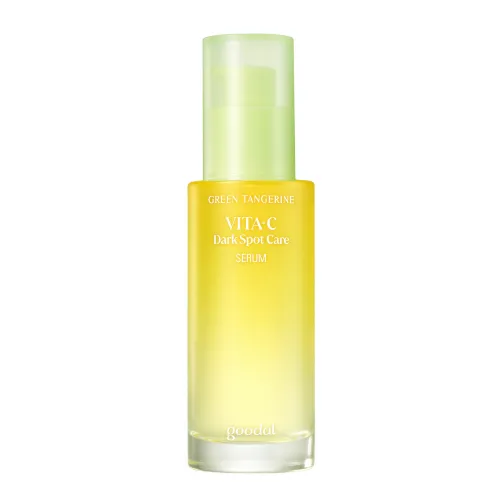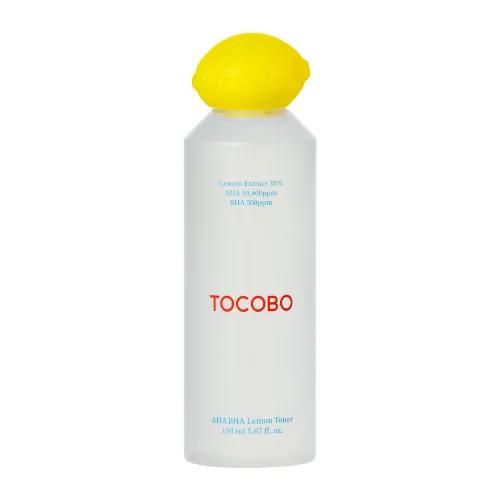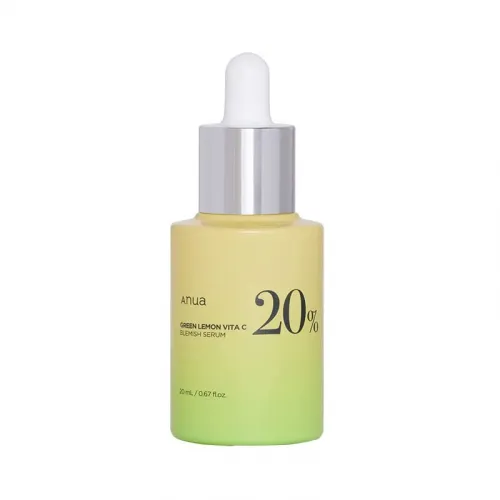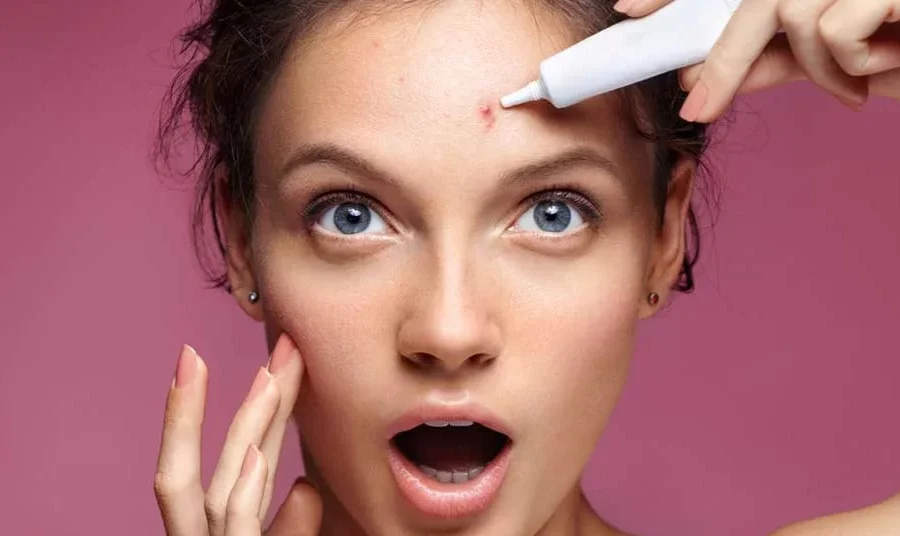We’ll tell you about the types of post-acne marks, how to get rid of them, and how to restore an even skin tone.

Post-Acne: How to Get Rid of Blemish Marks?
Fighting acne is a long and exhausting game. And even when you finally start winning the battle against breakouts, there’s still a lot of work ahead to deal with dark spots, uneven texture, enlarged pores—or in one word, post-acne.
Let’s break down what post-acne is, why it appears, and how to restore an even skin tone.
What is Post-Acne?
Post-acne refers to skin changes that remain after breakouts heal. These can appear in different forms:
- Hyperpigmentation – dark or red spots caused by excess melanin production after inflammation.
- Erythema (persistent redness) – reddish or bluish marks due to disrupted microcirculation.
- Scars – atrophic (indentations) or hypertrophic (raised) scars left behind after deep inflammations.
- Enlarged pores – a result of impaired sebaceous gland function and reduced skin elasticity.
Post-acne can fade on its own, but in most cases, it requires specialized skincare or cosmetic treatments.
Why Does Post-Acne Appear?
The main reason is improper healing of inflammation. Contributing factors include:
- Deep inflammations affecting the dermis
- Picking or squeezing pimples
- Excessive melanin production
- Damage to blood vessels and impaired microcirculation
- Genetic predisposition
The more severe and prolonged the inflammation, the higher the risk of post-acne marks (and if you squeeze it, marks are guaranteed).
How to Get Rid of Post-Acne
Tip #1: Be Patient
Treating post-inflammatory pigmentation is a long process. The duration and complexity depend on several factors, such as:
- Type of post-acne. Different forms require different approaches. For example, red spots may fade within a few weeks, while deep scars may take months or even years of care and professional treatments.
- Individual skin characteristics. The speed of regeneration depends on age, collagen levels, overall skin condition, and genetics. The younger and healthier the skin, the faster it renews.
- Sun exposure. UV rays worsen pigmentation, prolonging the fading process. Daily sunscreen use helps prevent this.
Tip #2: Consistency is Key
A regular skincare routine and consistent use of active ingredients will help you achieve results. Remember: no product delivers magical overnight results. Actives need time to work. Constantly switching products and using too many at once is a losing strategy.
If you use a different serum every day, you won’t see results. Instead, create a morning and evening routine that works for you and stick to it. The first visible improvements can be expected in at least 1-2 months.
At-Home Skincare
Key ingredients for tackling post-acne:
- Acids (AHA, BHA, PHA) – exfoliate, brighten pigmentation, and smooth skin texture.
- Retinol – speeds up regeneration, reduces scars, and improves overall skin condition.
- Niacinamide – brightens spots, reduces redness, and evens out skin tone.
- Vitamin C – fights pigmentation and boosts skin protection.
- Sunscreen (SPF 50) – a must-have, as UV rays intensify pigmentation and trigger new dark spots.
Product recommendations:



Cosmetic Treatments
Cosmetic procedures are not a replacement for at-home skincare but can significantly speed up the post-acne healing process.
- Chemical peels – help lighten spots and promote skin renewal.
- Microneedling – stimulates collagen production, reduces scars, and improves skin texture.
- Laser resurfacing – works on deep scars and uneven texture.
- Mesotherapy – delivers vitamins into the skin to accelerate healing and recovery.
Remember: Getting Rid of Post-Acne Takes Time
Skin recovery can take anywhere from a few weeks to several months, depending on the severity of the changes. But with a consistent routine and the right treatments, you will see results. The key is to stay committed and avoid unnecessary skincare experiments—your skin will become smooth and radiant again.



Leave a Comment